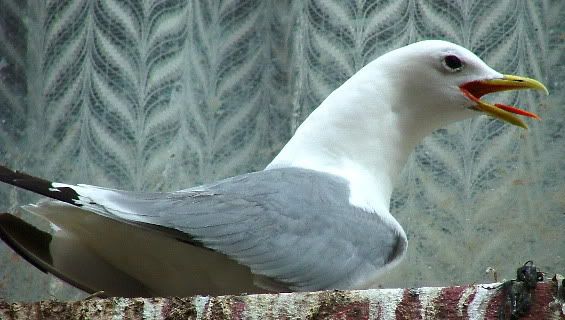 There was an entry about Bridlington I failed to post last month, the one describing the town's nesting population of Kittiwake. There are 20 or more nesting pairs in the streets around the harbour, many of them finding home on window ledges, and roof tops. Using your imagine to look through the eye of these truest of sea gulls, it's not far fetched to view our stone buildings as rocky outcrops, a landscape of craggy natural edifices, and the perfect des res for the overspilling Kittiwake from the nearby cliffs.
There was an entry about Bridlington I failed to post last month, the one describing the town's nesting population of Kittiwake. There are 20 or more nesting pairs in the streets around the harbour, many of them finding home on window ledges, and roof tops. Using your imagine to look through the eye of these truest of sea gulls, it's not far fetched to view our stone buildings as rocky outcrops, a landscape of craggy natural edifices, and the perfect des res for the overspilling Kittiwake from the nearby cliffs.By choosing these urban nest sites the birds afford the closest of encounters, for those who care look. The funny glances I was given by passersby while photographing the gulls suggest many visitors and townfolk aren't really interested in deciphering Kittiwake from their more familiar cousins, and that's a great shame. No gull is cuter, more gentle, or as pleasantly graceful as the Kittiwake, it's almost a dainty feminine quality they have, far more attractive than those mean-looking Herring Gull stealing your chips.
What's less alluring is the mess that invariably collects below their nests. Elsewhere along the east coast, most notably in Newcastle where Kittiwake had been nesting on buildings since the 1930's, they've been moved on from time to time. That makes one wonder how much longer the folks of Bridlington will tolerate the sight and smell of Kittiwake guano.
We need to be looking after these birds. Along the Yorkshire coast from season to season they're struggling these days, and matters look worse further north to Scotland and beyond. While global warming gathers apace and the North Sea rises in temperature, their main food item - sand eel - are dwindling. Although it may help in the short term, it currently doesn't seem clear whether closing the sand eel fisheries along the coast will prevent an overall continuation of the decline, and that is worrying. Sand eel, and Kittiwake are beacons indicating the health of our seas. If they struggle, we have to worry.
For years the government ignored the evidence linking the sand eel fisheries to sea bird decline, and both now pay the price. In the end, that argument could be negated by global warming. The competing interests of (the fishing) industry and wildlife conservation, could simply be overwhelmed by the changing climate. Welcome to the future...
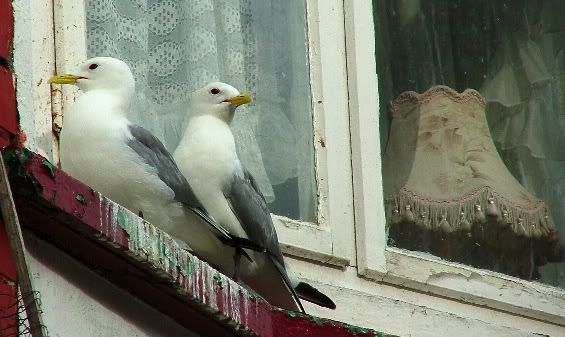
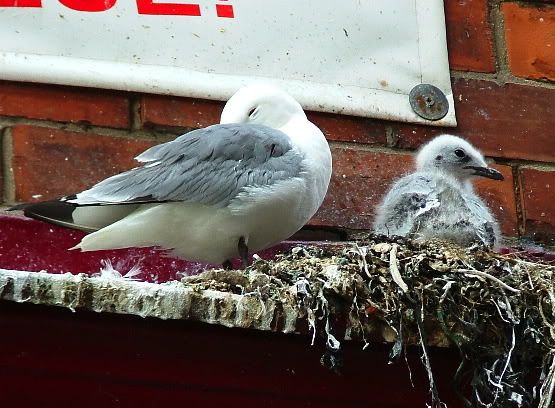

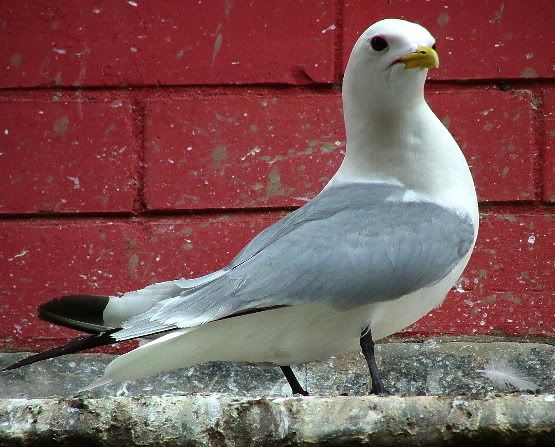

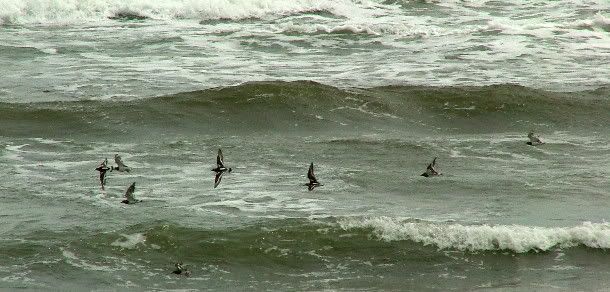
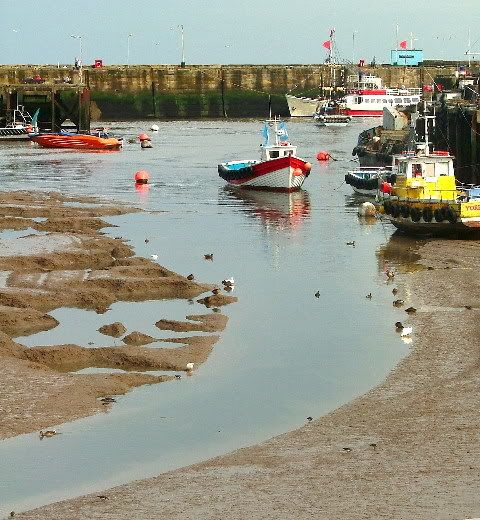




No comments:
Post a Comment